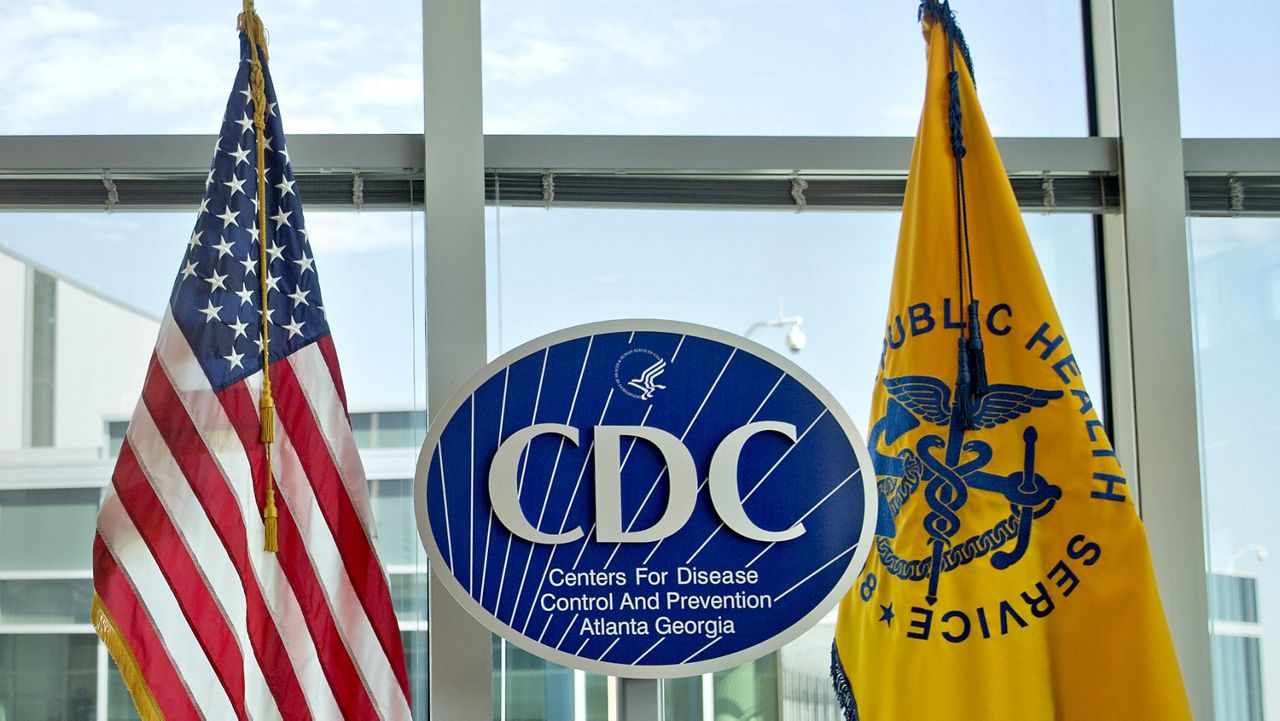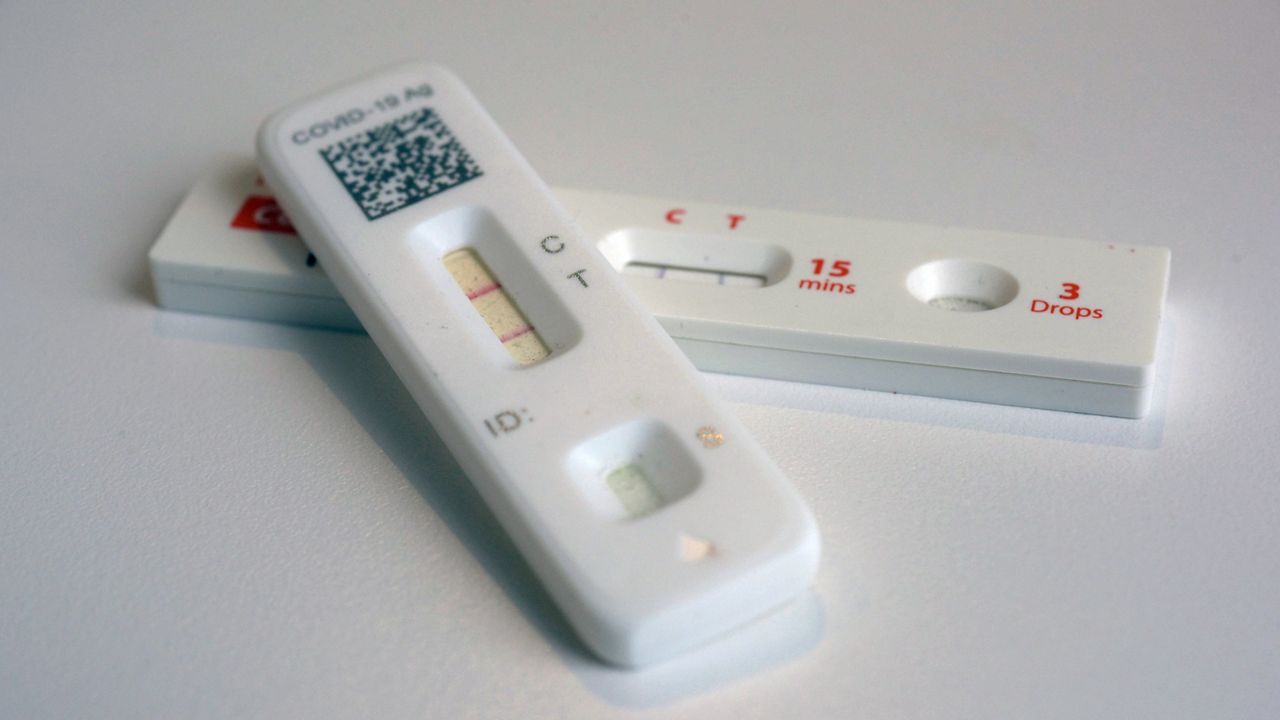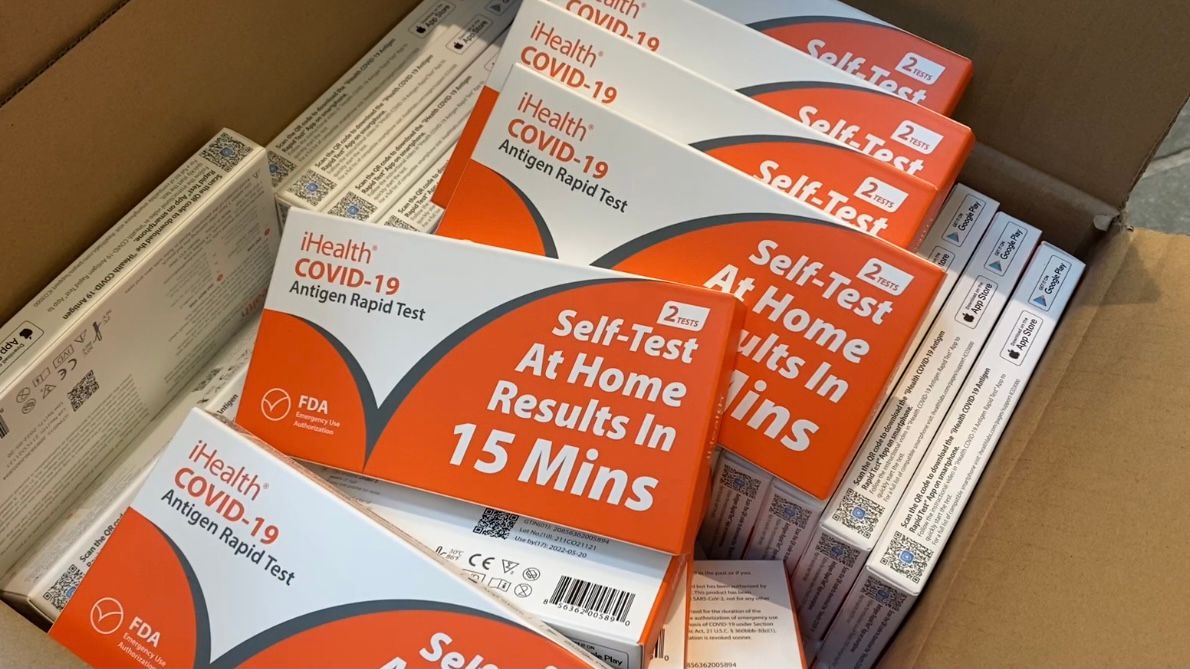Amid concerns about another COVID-19 surge this fall and winter, a trio of new omicron subvariants are becoming more prevalent in the United States.
What You Need To Know
- Amid concerns about another COVID-19 surge this fall and winter, a trio of new omicron subvariants are becoming more prevalent in the United States
- The BF.7 subvariant's share of new COVID-19 cases in the U.S. has nearly tripled over the past three weeks, from 0.8% to 2.3%
- BA.4.6, meanwhile, now accounts for 12% of American cases, more than any other strain except BA.5
- And the BA.2.75 strain has more than doubled, from 0.6% to 1.4%, over the past three weeks
The BA.5 subvariant has been the dominant strain since early July and at one point accounted for 87% of new infections, according to the Centers for Disease Control and Prevention. At 82%, it remains the most common version of the virus, but cases involving a handful of other subvariants are on the rise, leaving scientists wondering if one will emerge as the next dominant strain.
The CDC first began tracking the BF.7 subvariant — which comes from the BA.5 lineage — in mid-July. Its share of new COVID-19 cases in the U.S. has nearly tripled over the past three weeks, from 0.8% to 2.3%. In a sign of what might be to come, it has grown in Belgium to now make up a quarter of infections, according to cov-lineages.org.
The BA.4.6 subvariant, meanwhile, now accounts for 12% of American cases, more than any other strain except BA.5. It has been increasing by about 1 percentage point each of the past few weeks.
And the BA.2.75 strain has more than doubled, from 0.6% to 1.4%, over the past three weeks. But potentially of more concern is the BA.2.75.2 sublineage, which early lab studies from China and Europe suggest could be the most vaccine-resistant variant to date.
For now, the CDC is not tracking BA.2.75.2 separately because it accounts for less than 1% of new U.S. infections.
There’s little data yet on the emerging subvariants to say whether any causes more severe illness or is more contagious than earlier strains. It’s also too early to tell whether BF.7 or BA.4.6 are more resistant to vaccines, although CDC spokesman Jasmine Reed told CBS News last week that data show the AstraZeneca monoclonal antibody drug Evusheld might be less effective against BF.7. The subvariant has an additional genetic mutation in the spike protein compared to BA.5.
Earlier this month, U.S. regulators authorized updated COVID booster shots that target both the original strain as well as BA.4 and BA.5. Past variants caused the first-generation vaccines to be less effective at preventing infection, although the shots still offered significant protection against hospitalization and death.
BF.7 is most prevalent in New England, where it accounts for about 4% of new COVID cases. Meanwhile, nearly one in six infections in the Southeast are BA.4.6.
The U.S. is averaging about 50,000 COVID-19 infections per day, the lowest rate since April, according to the CDC. That number, however, is believed to be an undercount due to unreported at-home tests and fewer health agencies and states providing updates.
The virus has killed an average of about 350 Americans a day over the past week.








